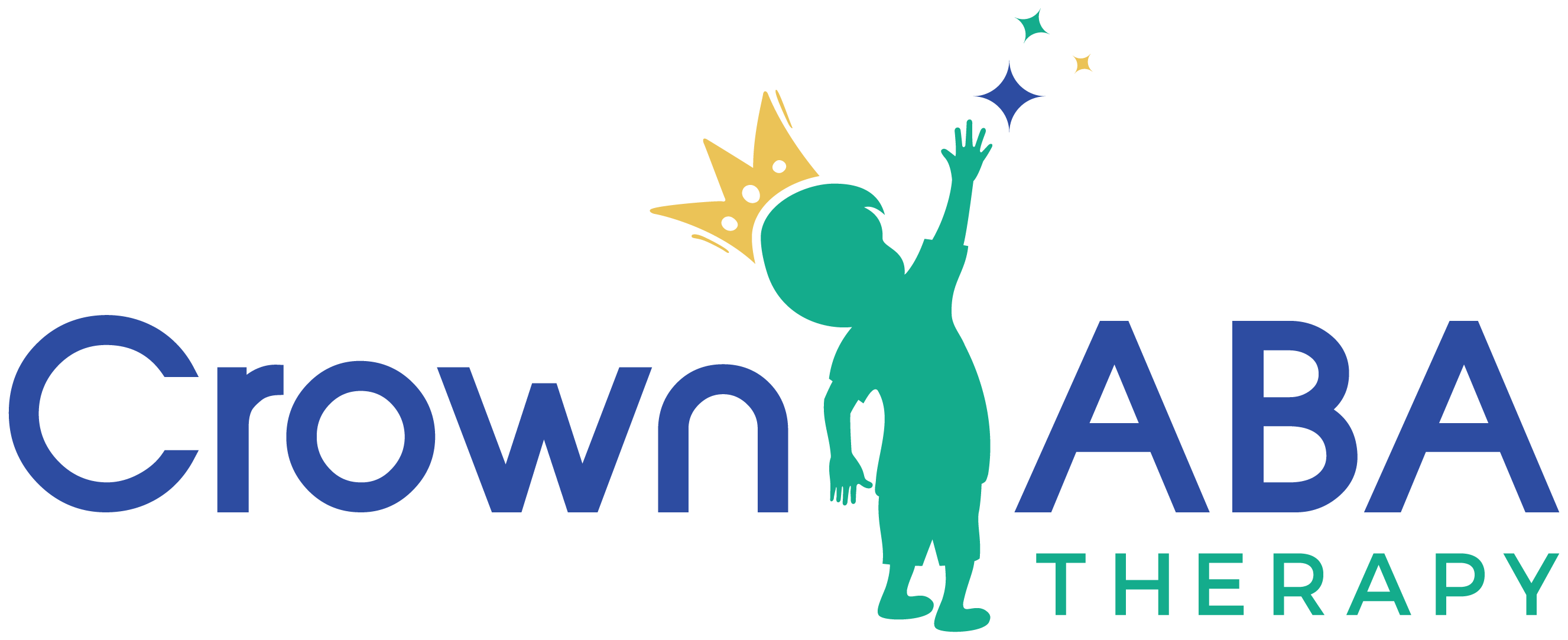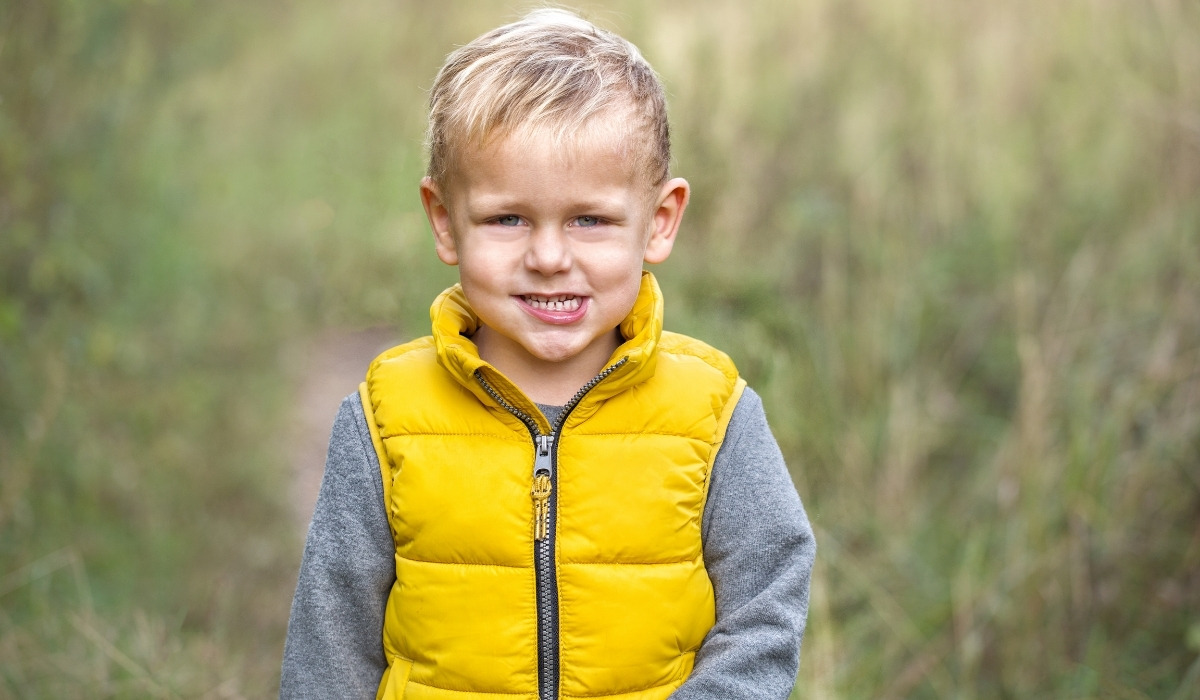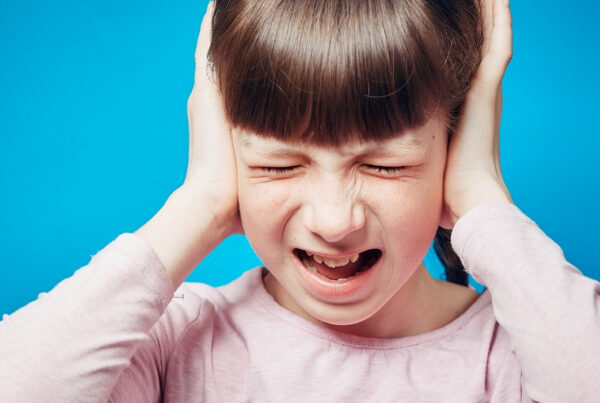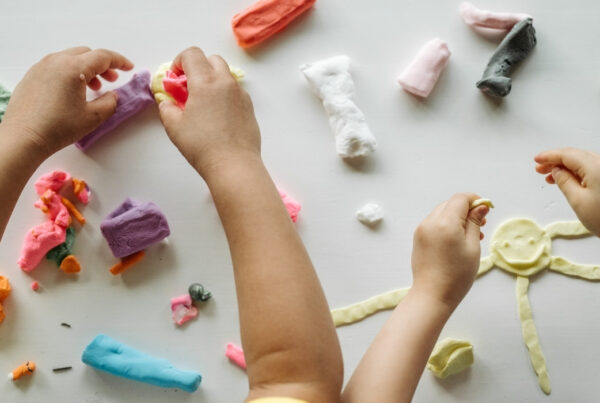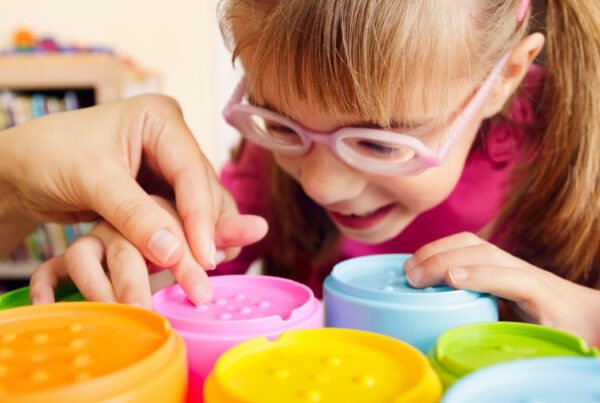Key Points:
- Weighted vests can help calm children with autism by providing deep pressure stimulation.
- When used correctly, they may improve focus, reduce anxiety, and support sensory processing.
- Parents should follow guidelines and consult professionals before introducing a weighted vest.
Some days can feel like a constant struggle—helping a child with autism cope with overwhelming feelings, stay focused at school, or even just sit still for a few minutes. Many parents wonder about tools that could make things a little easier.
One popular option is weighted vests. So, how do weighted vests work for autism, and are they safe and effective? This article explores how weighted vests work for autism, their therapy benefits, and how to use them wisely.
Do Weighted Vests Really Help Children With Autism?
Yes, weighted vests can help some children with autism, but they are not a magic solution. They work by providing deep pressure input to the body, which is believed to have a calming effect.
When parents ask, “How do weighted vests work for autism?” the answer lies in sensory processing. Many children on the autism spectrum have sensory processing difficulties — their brains may overreact or underreact to touch, sound, or movement. Weighted vests apply gentle, even pressure, which can help regulate the nervous system.
The idea is similar to how a firm hug feels comforting to many people. This deep pressure, also called proprioceptive input, can help children feel more grounded and secure. Knowing how do weighted vests work for autism can empower parents to make informed decisions about this tool.
Benefits of Weighted Vests For Children with Autism
Weighted vests have been used in classrooms, therapy sessions, and homes with some promising results. While not every child responds the same way, here are several potential benefits of using a weighted vest:
Improved Focus And Attention
One of the most common reasons parents and teachers try weighted vests is to help children stay focused. The calming pressure can reduce sensory overload, which may allow children to concentrate better on tasks, whether that’s doing homework, listening to a story, or participating in therapy.
Reduced Anxiety And Stress
Children with autism often experience high levels of anxiety. Wearing a weighted vest can create a soothing sensation that helps lower stress levels. Many parents report their children seem calmer and more relaxed while wearing the vest.
Support For Sensory Processing
For kids who seek sensory input — like those who constantly bump into things or crave tight hugs — a weighted vest can offer a steady source of stimulation. This can help meet their sensory needs in a safe, controlled way.
Better Posture And Body Awareness
Some children on the spectrum struggle with knowing where their body is in space (called proprioception). Weighted vests can give feedback that helps improve body awareness, which can also contribute to better posture and coordination.
Guidelines For Using Weighted Vests Safely
While weighted vests can offer real benefits, it’s crucial to use them properly. Experts recommend following these guidelines to ensure safety and effectiveness:
Consult A Professional
Always talk to an occupational therapist or another qualified professional before introducing a weighted vest. They can help assess whether a vest is appropriate and recommend the right weight and duration of use.
Choose The Right Weight
A vest should typically weigh no more than 5–10% of the child’s body weight. Too much weight can be uncomfortable and even harmful.
Limit Wear Time
Weighted vests are not meant to be worn all day. Most experts suggest wearing them for 20–30 minutes at a time, a few times per day, during activities that require focus or calmness.
Observe And Adjust
Pay close attention to how your child responds. If they seem distressed, uncomfortable, or complain of pain, stop using the vest and talk to your therapist.
Practical Tips For Parents Considering A Weighted Vest
If you’re thinking of trying a weighted vest, here are some practical tips to help you get started and increase the chances of success:
Start Slowly
Introduce the vest during calm moments and for short periods. This helps your child get used to the sensation without feeling overwhelmed.
Make It Fun
Choose a vest in a color or style your child likes. Some look like regular clothing, which can help your child feel more comfortable wearing it in public.
Use It During Targeted Activities
Weighted vests tend to be most effective during specific activities that require focus, such as homework, reading, or therapy sessions.
Monitor Results
Keep notes on your child’s behavior with and without the vest. Share this information with your therapist to adjust the plan as needed.
 When To Avoid Using A Weighted Vest
When To Avoid Using A Weighted Vest
Although weighted vests are generally safe when used properly, they may not be suitable for every child. Here are some situations where caution is advised:
Medical Conditions
Children with respiratory, circulatory, or orthopedic problems may not tolerate the added weight. Always check with a doctor if your child has medical concerns.
Discomfort Or Resistance
If your child clearly dislikes the vest and shows signs of distress, don’t force them to wear it. There are other sensory tools that might work better for their needs.
Overuse
Wearing the vest too long or too often can lead to decreased effectiveness and potential strain on the body. Stick to the recommended time limits.
Alternatives To Weighted Vests
Weighted vests are just one of many sensory tools available to support children with autism. Depending on your child’s needs, you might also consider:
Before listing these alternatives, it’s good to remember that each child is unique, and sometimes a combination of strategies works best:
- Weighted blankets — for calming at bedtime or during rest.
- Compression clothing — provides similar deep pressure but without added weight.
- Fidget tools — to keep hands busy and reduce anxiety.
- Sensory rooms or corners — equipped with calming lights, textures, and quiet spaces.
It’s tempting to try a weighted vest right away, but professional guidance ensures your child gets the right support tailored to their specific needs. Occupational therapists are trained to evaluate sensory challenges and create a plan that might include a weighted vest along with other interventions.
Get Support With ABA Therapy In Maryland
Weighted vests can play a small role in supporting children with autism, but they are most effective when combined with evidence-based therapies. Applied Behavior Analysis (ABA) therapy is one of the most widely recommended approaches for teaching skills, improving communication, and reducing challenging behaviors in children with autism.
If you’re looking for professional help tailored to your child’s needs, Crown ABA offers expert ABA therapy in Maryland. Their compassionate team works closely with families to create customized programs that build independence and confidence.
Take the next step toward helping your child thrive—get in touch with us today to learn more about their services and how they can support your family.
